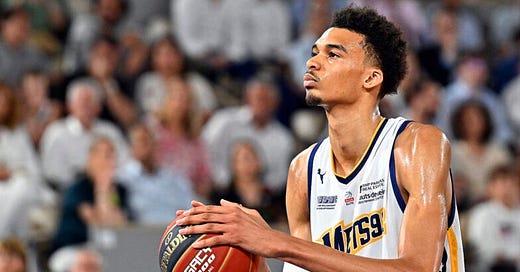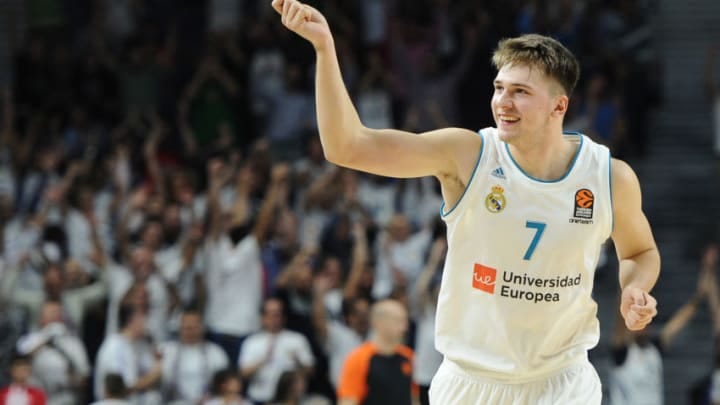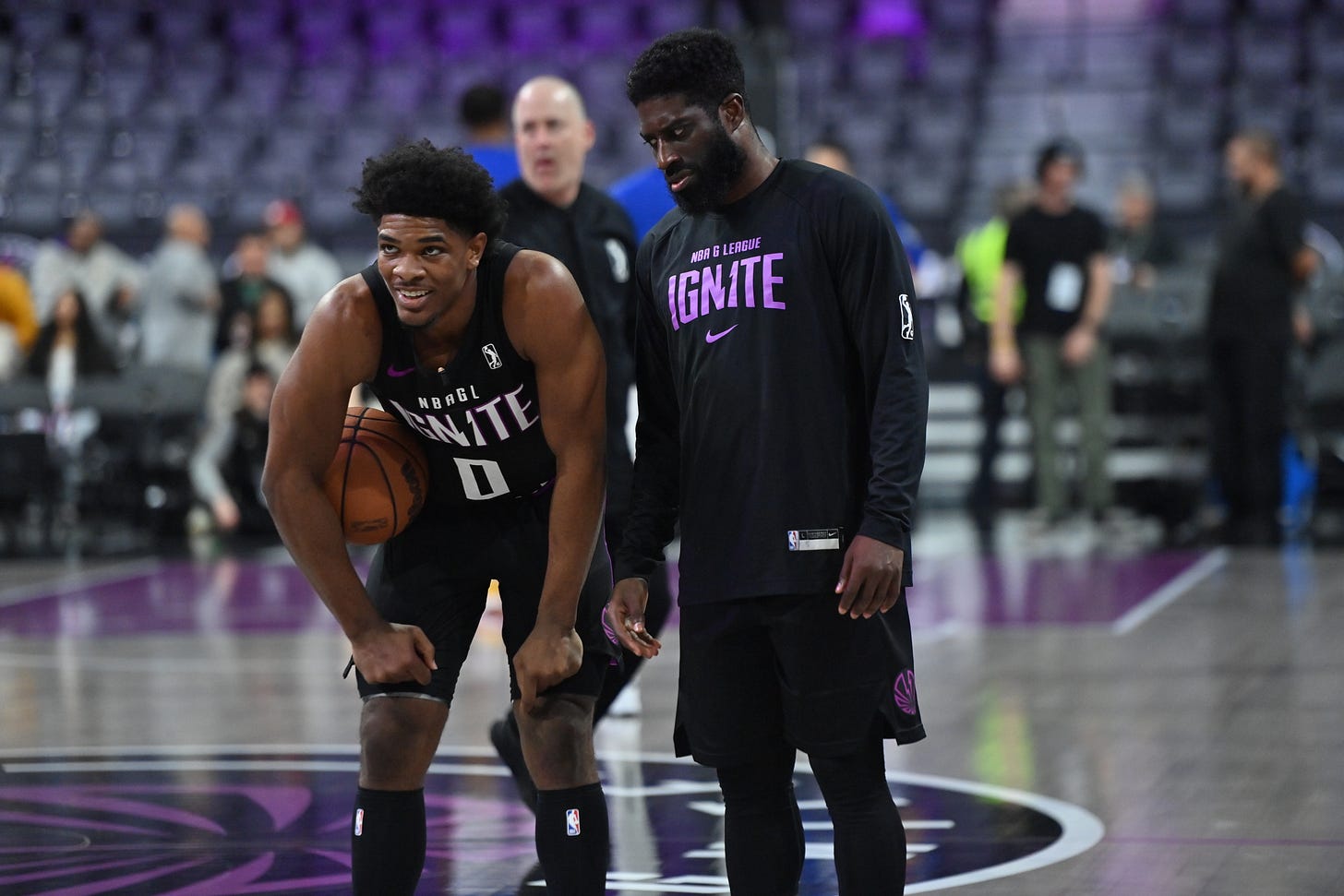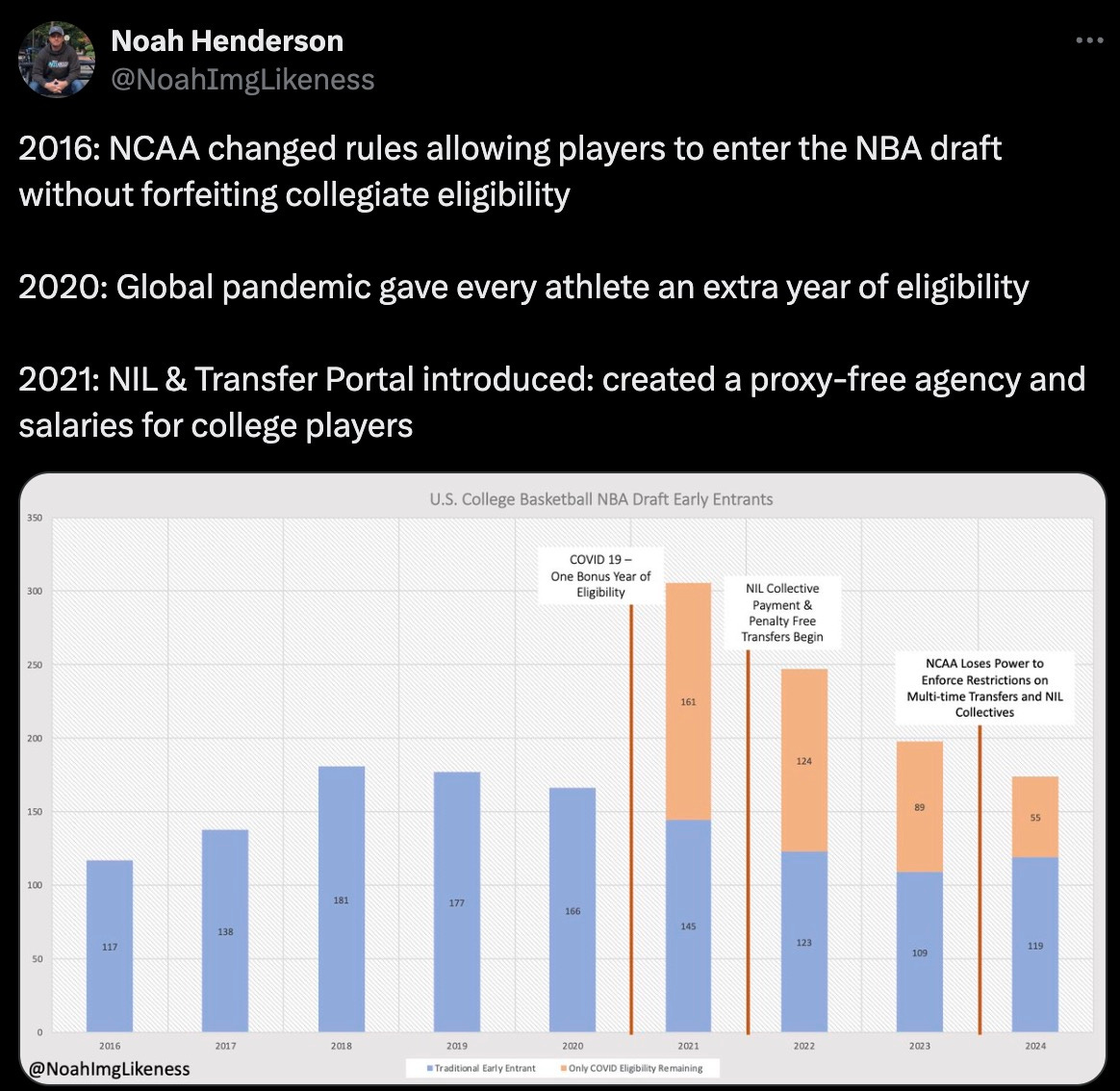Death of G-League Ignite? Death of the Euroleagues? How House v. NCAA May Impact Men's College Basketball and More.
Keep up to date on all of our newsletters and content by checking out past Optimum Sports Consulting Newsletters, and following us on Twitter!
With the emergence of NIL, and the House settlement’s revenue sharing proposal, college basketball has the potential to become the second most attractive basketball league behind the NBA. With pay for college basketball players continuing to rise, the option to stay in school and/or to go to school is becoming more and more attractive. And considering many of the top NBA prospects are either (a) overseas or (b) one-and-done players, college basketball should become the premier destination for all of the top draft-eligible and draft-ineligible prospects from around the world.
One of the biggest impacts we will see from NIL and revenue sharing is on the international basketball scene. The number of international players in the NCAA has been steadily increasing over the past decade due in part to NIL. As of the 2023 season, there were approximately 1,730 international players out of a total of 6,851 Division I men's basketball players in the United States - and this number should continue to rise. The average pay in top international basketball leagues is around $250,000-$500,000 per season, with maximum salaries reaching about $4 million per season. However, younger NBA prospects usually have deals on the lower end. David Carro Funes, CEO of Fairplay Agency Octagon Basketball Senior Director, stated that colleges can offer international prospects much more lucrative contracts than any Euroleague can. According to Funes, “It is a widespread practice in Europe that talented players are signed to long-term youth contract that… makes a tiny fraction of what older players command.”
Due to NIL, European clubs have lost their leverage to pay guys insignificant money. Many collegiate programs, for example, are willing to pay top players more than $1-$2 million a year. According to sources, the actual going rates for transfers going to major programs is around $500,000 for starters, $800,000-$1 million for All-conference caliber players, and well over $1 million for top guys. Many European clubs spend less to run their entire youth program. In addition, The growing popularity amongst international players to come play college basketball has many European clubs rethinking the viability of their youth programs entirely. With more international youth players foregoing Euroleague contracts to come to America, clubs are becoming less motivated to invest in development. While college basketball was an appealing option for many international players before NIL, the NCAA has had trouble attracting top talent like Luka Doncic and Victor Wembanyana. For example, Four of the top ten 2024 NBA prospects are from overseas. With increased payments from NIL and revenue sharing, and the potential elimination of international developmental programs, more high-end players from overseas should flock to the NCAA in the future.
When it comes to the G-League, the NBA has already shut down the G-League Ignite developmental team due to NIL. NBA eligibility rules state that either (a) all drafted players must be at least 19 years old during the calendar year of the draft, or (b) at least one year removed from the graduation of their high school class if they are not an international player. G-League Ignite gave high school prospects a paid alternative to playing one year in college. However, the need for G-League Ignite has vanished as pay for college stars has surpassed what highly touted G League prospects could make. Top prospects like Jalen Green and Scoot Henderson that chose the G-League over college received “select contracts” worth as much as $500,000. As previously highlighted, they can now receive way more by going to college. Overall, there are around 20 NBA prospects that could be selected in the 2024 NBA Draft that did not go to college, with six of those players being consensus top picks. In five years, many of these non-college NBA prospects will have likely played at least a season in the NCAA.
In addition to more prospects going to college, players are now opting to stay in school longer. Since NIL was made legal back in 2019, there has been a dramatic shift in the makeup of NBA Prospects that enter the NBA Draft. Back in 2021, 306 U.S. college basketball players entered the NBA Draft as early entrants, but that number has decreased each year since. In the 2024 NBA Draft, there were only 174 early entrants - a record low total since the pandemic. This is directly due to the influence of NIL. For starters, the pay gap between non-lottery draft picks and top college basketball players is rapidly shrinking. The 16th pick in the 2024-25 NBA Draft will make around $4 million dollars while all players drafted in the second round will make less than $2.5 million for the 2024 season. Meanwhile, top college players are being paid as much as $2 million a year. These numbers will only continue to increase if revenue sharing is approved. Ultimately, staying in school an extra year is an extremely enticing option for many college players. Instead of entering the draft and risking not being drafted as high as one would like (or at all), prospects can stay in school and try and improve their draft stock while still getting paid a good amount of money.
With more local and international talent both going to school and staying in school, the talent-level in college basketball is certainly going to increase in the coming years. It is still unknown, however, how this additional talent will affect the college basketball landscape as whole. Especially when you factor in the NCAA’s recent elimination of transfer restrictions. Would more talent lead to an increased number of good teams at mid-major programs? Or, would it just lead to the richest teams with highest revenues getting even deeper rosters. Furthermore, even if smaller schools could attract better talent, would they have the funds to keep their star players from transferring to bigger programs and/or for more money? Although I cannot predict the ultimate impact these recent changes will have on college basketball, I am excited to see how it all shakes out.
Thanks for Reading!
Keep up to date on all of our newsletters and content by checking out past Optimum Sports Consulting Newsletters, and following us on Twitter!








